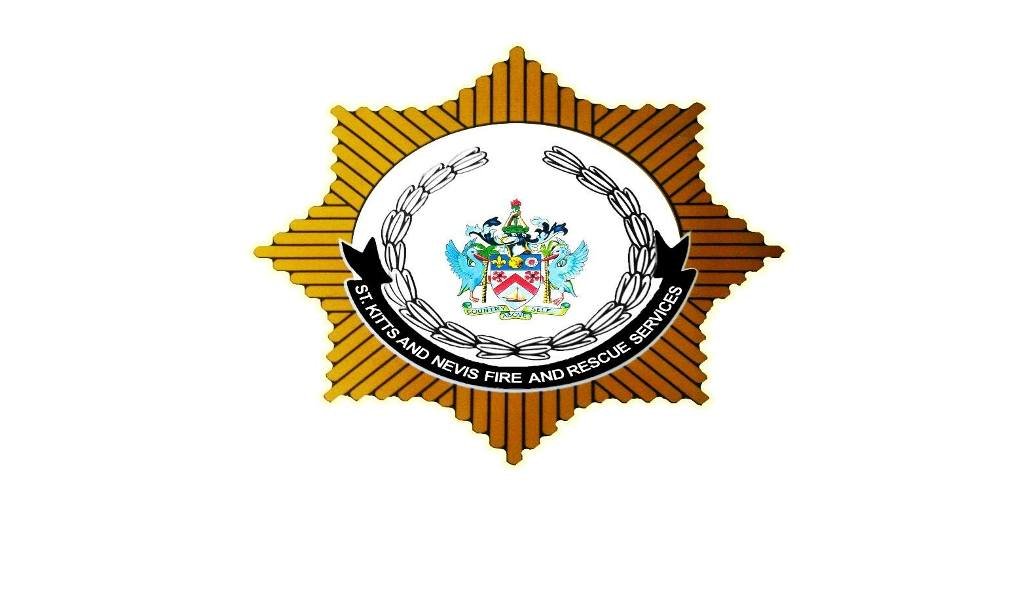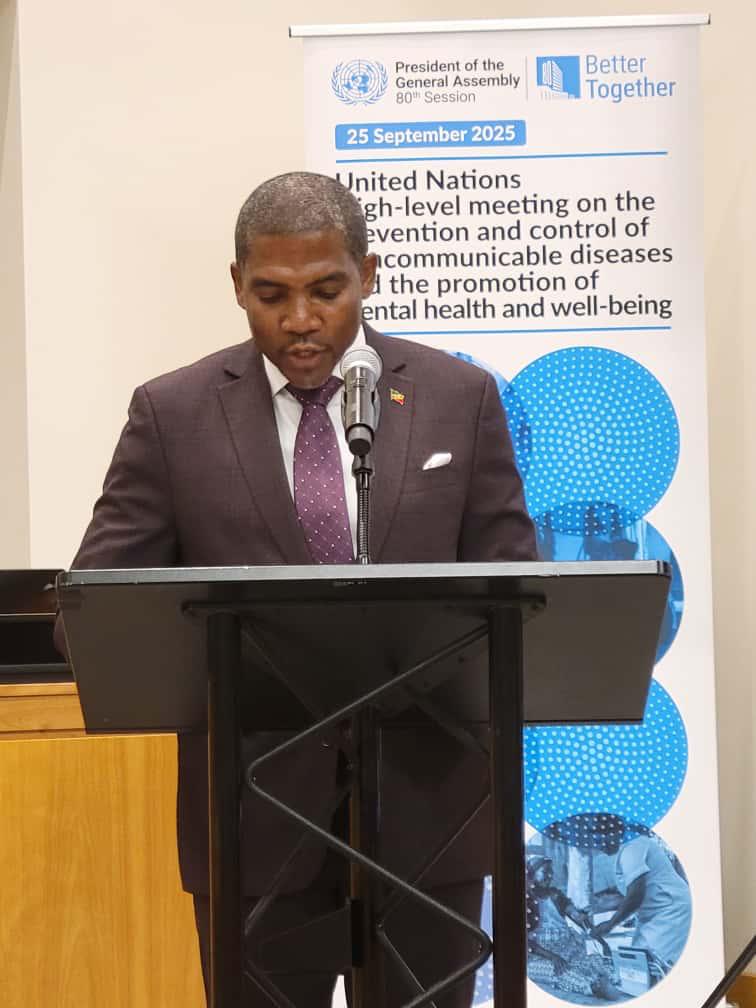Private Jet Excursions from Nevis Airport Runway During Takeoff Attempt
Incident Involving Private Jet at Vance W. Amory International Airport: Clarifying Initial Reports and Analyzing Aviation Safety Protocols
Reports circulating on social media platforms described a private jet experiencing a “crash landing” or “running off” the runway at Nevis’ Vance W. Amory International Airport. However, these accounts proved inconsistent with the information provided by the Nevis Division of Fire & Rescue Services. According to an official spokesperson, the incident involved a private jet that “attempted to take off and veered off the runway.” This clarification highlights the importance of relying on verified sources for accurate information, particularly in rapidly evolving situations. The absence of casualties is undoubtedly a positive outcome, allowing for a focus on understanding the factors that contributed to the incident.
Analyzing the event necessitates a comprehensive examination of various elements. Firstly, the aircraft itself merits scrutiny, including its maintenance records, pre-flight checks, and overall airworthiness. Understanding the aircraft’s condition is crucial to determining if mechanical failure played a role in the incident. Secondly, the pilot’s actions and experience warrant investigation. Pilot error, while a sensitive topic, remains a significant factor in aviation incidents. Examining the pilot’s training, flight experience, and decision-making during the takeoff attempt can provide valuable insights. Thirdly, environmental conditions at the time of the incident, such as wind speed and direction, visibility, and runway conditions, require careful consideration. Adverse weather conditions can significantly impact aircraft performance during takeoff and landing. Lastly, the airport’s infrastructure, including the runway’s length, surface condition, and lighting, should be assessed to ensure compliance with safety standards.
Investigating aviation incidents requires a multi-faceted approach. The initial stages involve securing the site and ensuring the safety of all involved. Subsequently, a thorough examination of the aircraft’s wreckage, flight data recorder (FDR), and cockpit voice recorder (CVR) is conducted. The FDR captures a wealth of technical data related to the aircraft’s performance, while the CVR provides a record of the conversations and sounds within the cockpit. These data sources are invaluable in reconstructing the sequence of events and identifying potential contributing factors.
To gain a comprehensive understanding of the incident, investigators will likely conduct interviews with witnesses, including airport personnel, air traffic controllers, and any passengers or crew members on board the aircraft. Gathering diverse perspectives can shed light on the events leading up to, during, and immediately after the incident. Furthermore, analyzing weather data, radar records, and communication logs can provide crucial context. This data can corroborate witness accounts and provide additional insights into the environmental conditions prevalent at the time of the incident.
Pending the outcome of the investigation, several potential scenarios warrant consideration. Mechanical malfunction, while seemingly less likely given the initial reports, cannot be entirely ruled out. A thorough inspection of the aircraft’s systems and components is essential to definitively determine if a mechanical issue contributed to the incident. Pilot error, a common factor in aviation incidents, encompasses a range of possibilities, including misjudgment of takeoff speed, incorrect control inputs, or inadequate response to unexpected events. Human factors, such as fatigue or distraction, can also contribute to pilot error. Environmental conditions, such as strong crosswinds or slippery runways, can create challenges during takeoff, potentially contributing to loss of control. Lastly, while unlikely, sabotage or foul play must be considered as a remote possibility until thoroughly investigated and ruled out.
The incident underscores the paramount importance of robust aviation safety protocols. Regular aircraft maintenance, rigorous pilot training, and adherence to established procedures are crucial for mitigating risks and preventing future incidents. Continuous improvement of safety standards is an ongoing effort, necessitating the implementation of lessons learned from previous incidents and the adoption of new technologies and procedures. The investigation’s findings will undoubtedly contribute to enhancing aviation safety protocols and minimizing the likelihood of similar occurrences in the future. Transparency in reporting the investigation’s results and implementing corrective actions is essential for maintaining public trust and ensuring the continued safety of air travel.
Share this content:












Post Comment